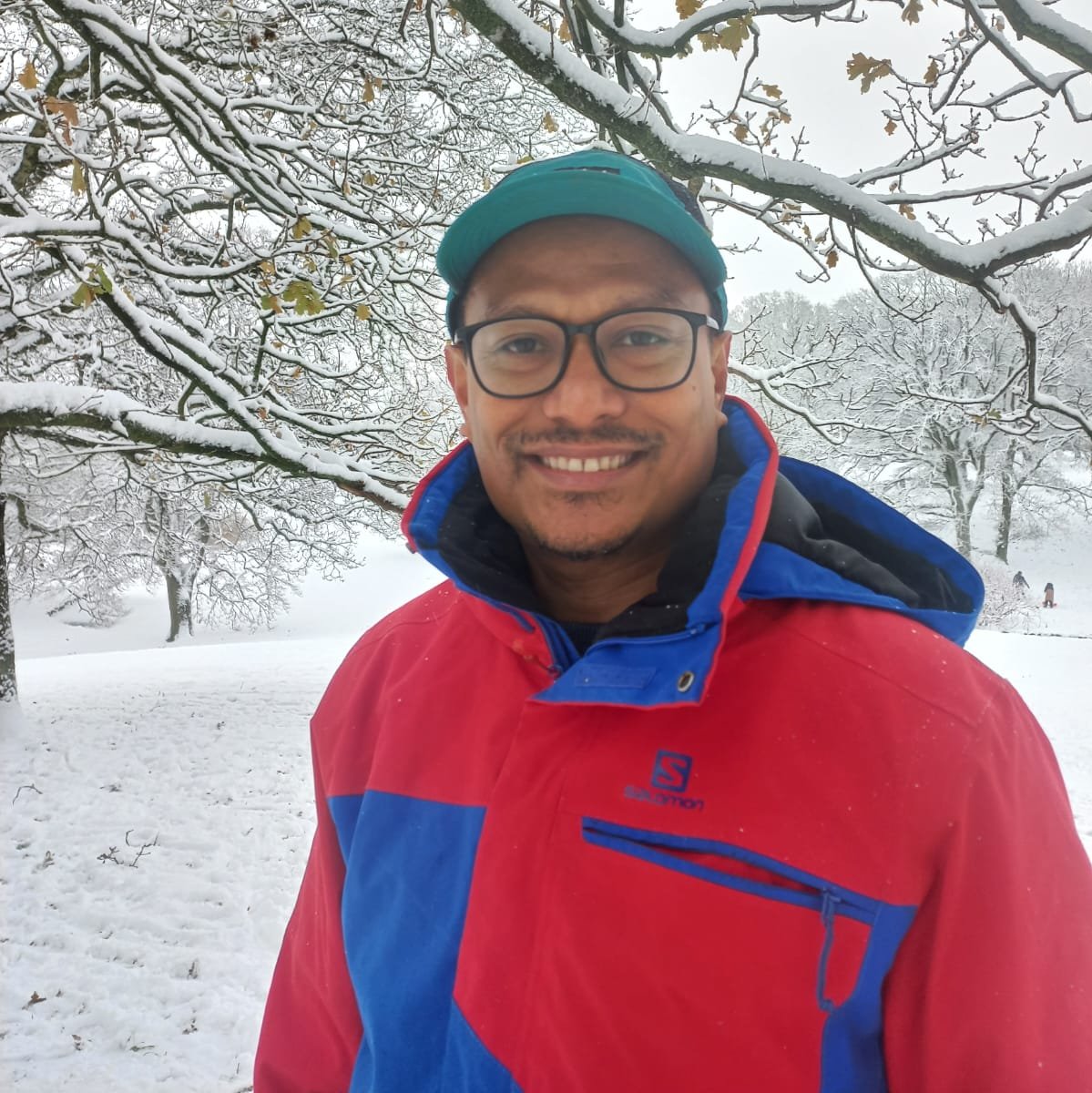CEH TALK with Hatib Abdul Kadir: "Piling the land (Timbun) in the Swampy Sorong - How Settlers Colonize Frontier City in West Papua, Indonesia"
Info about event
Time
Location
Building 1483, room 454 (Nobelparken).
Organizer

For this iteration of our series of centre talks, we are pleased to welcome Hatib Abdul Kadir.
Hatib is a postdoctoral fellow with the Department of Global Studies and, at this presentation, he will introduce us all to his work on more-than-human landscape transformations and frontier imaginaries in West Papua, Indonesia (please see full abstract below).
As always, this CEH TALK is free and easy to attend. Everyone is welcome with no registration required.
Abstract
This presentation delves into the history of transforming the swamp landscape in Sorong, West Papua, Indonesia, through the process of land piling (timbun). Sorong was originally a swampy area. It is located in the coastal areas where mangroves forests lies in the from the west corner of the Papuan island to the middle in the south. Since becoming part of Indonesia, the settlers have obsession with timbun the swamp and concretize into a sturdy land. The dominant mindset of "settler-led colonization" (McNamee, 2023) has played a pivotal role in shaping Sorong's urban ecology and infrastructure development. Two main arguments of this presentation are, first, the ways of settlers timbun the land aim to conjure the swampy land to be a property (Campbell, 2015). Second, timbun becomes one of the ways of to dispossess Indigenous Papuan from their customary land.
By not relegating the environment to a mere backdrop in human history (Chakrabarthy, 2009), this study of timbun examines the materiality of timbun, including sand, water, and corals as an active agent (Tsing, 2015). These materialities of timbun have led the settlers to practice their logic of terra nullius, which prioritized freedom of natural exploitation in the frontier region of Sorong. These materialities of timbun has also shaped the subjectivity of Indigenous Papuans, driving them to participate in the competition for urban development along with the Indonesian settlers.
Biography
Hatib A. Kadir is a cultural anthropologist. He has published is works in various peer-reviewed journals, such as The Asia Pacific Journal of Anthropology; Bijdragen tot de taal-, land- en volkenkunde / Journal of the Humanities and Social Sciences of Southeast Asia; Southeast Asian Studies-CSEAS; eTropic: electronic journal of studies in the Tropics.
Hatib’s current research in on coastal city of Sorong, West Papua. He examines the human-non human life in urban area and the excess of physical infrastructure in West Papua. His current publication is “Multispecies Marginalities: Mangroves and Migrant Papuans in the Margins of Urban Colonization” published in The Australian Journal of Anthropology. The paper is an initial study by Hatib Kadir that explores multispecies and urban nature in marginalized communities in West Papua-Indonesia.
